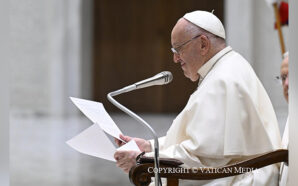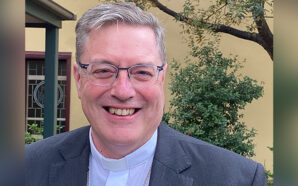3-9 September is National Child Protection Week
10 September is Safeguarding Sunday
Conversations about child protection are generally serious. When we speak of protection, we often think of emergencies and perhaps of military or police operations in response to serious and immediate danger. That of course is part of protection. But mostly, protection is less about responding to emergencies than about ensuring they don’t happen. Protection involves careful planning, training, rules of behaviour and vigilance. That is also true of child protection.
We can understand what is involved in protection by looking at the medieval castles that kept people safe from bandits and invaders. The castle was usually built on high ground from which any threats could be seen from a long way off. It also took advantage of its natural features, such as cliffs, rivers and gorges that would make it difficult for invaders to gain entry. Castles also had many lines of defence – ditches, moats, outer walls with their towers and protection for the soldiers who defended the castle. Within the castle was the living space and the public and private rooms where people could live a protected life. The gates into the castle were guarded and strangers were obliged to identify themselves.
Of course, even if those inside the castle were protected from enemies outside the castle, they were not always free to live peaceful and creative lives. The plots of medieval stories and plays were full of murderous family conflicts as well as of betrayal to the enemy by those responsible for defending the castle. Castles could easily become dangerous places of tyranny and exploitation, not of a peaceful and protected life. The Sowers of pain within the castle could prove more dangerous and abusive than those outside.
The castle illustrates what is involved in Child Protection in Catholic schools and parishes. They, of course, are not castles. Nor are they surrounded by enemies. But they do house children who need protection. In that respect, they are like castles, though with largely invisible walls that govern the access of strangers to schools and to children in them. There are badges that identify staff and visitors to the school, protocols that govern the relationship between adults and children, a clear understanding by members of staff about what respect for children means in different settings, careful supervision of children, faithful noticing, reporting and following up any claims of inappropriate behaviour by adults towards children. These are the largely unnoticed walls, moats and patrols that guarantee the safety of children in school and Church settings.
Of course, too, we Catholics have a heightened duty to keep children safe. Our churches and schools where children should have been safe have too often been betrayed from within through sexual abuse by clerical and lay representatives of the Church. Abuse of children was made easy by people’s trust that clergy and others were committed to following Jesus’ teaching in their own lives. They believed that the threat to Catholic children came from outside the Church, not from within. We recognise now that the capacity for evil lies deep in every human heart, and that all Church representatives need education, training and accountability if they are to accompany children.
Our commitment to protect children must look to the past and to the future. We must remember past failures with shame and look to the future in hope and determination. And both our memories and our hopes must focus with respect on the children who are entrusted to our care.
Fr Andrew Hamilton SJ writes for Jesuit Communications and Jesuit Social Services.








